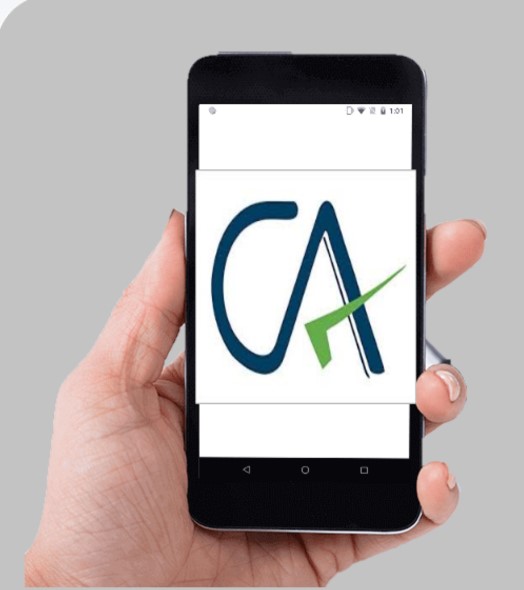1. Presently, taxpayers are required to furnish their Income-tax returns in ITR-1 to ITR-7 depending upon the type of person and nature of income. The current ITRs are in the form of designated forms wherein the taxpayer is mandatorily required to go through all the schedules, irrespective of the fact whether that particular schedule is applicable or not. This increases the time taken to file the ITRs and in turn may create avoidable difficulties for
taxpayers.
2. The proposed draft ITR takes a relook at the return filing system in tandem with international best practices. It proposes to introduce a common ITR by merging all the existing returns of income except ITR-7. However, the current ITR-1 and ITR-4 will continue. This will give an option to such taxpayers to file the return either in the existing form (ITR-1 or ITR-4) or the proposed common ITR, at their convenience.
3. The draft ITR aims to bring ease of filing returns and reduce the time for filing the ITR by individuals and non-business-type taxpayers considerably. The taxpayers will not be required to see the schedules that do not apply to them. It intends the smart design of schedules in a user-friendly manner with a better arrangement, logical flow, and increased scope of pre-filling. It will also facilitate the proper reconciliation of third-party data available with the Income-tax Department vis a vis the data to be reported in the ITR to reduce the compliance burden on the taxpayers.
4. The scheme of the proposed common ITR is as follows:
(a) Basic information (comprising parts A to E), Schedule for computation of total income (Schedule TI), Schedule for computation of tax (schedule TTI), Details of bank accounts, and a schedule for the tax payments (schedule TXP) is applicable for all the taxpayers.
(b) The ITR is customized for the taxpayers with applicable schedules based on certain questions answered by the taxpayers (wizard questions).
(c) The questions have been designed in such a manner and order that if the answer to any question is ‘no’, the other questions linked to this question will not be shown to him.
(d) Instructions have been added to assist the filing of the return containing the directions regarding the applicable schedules.
(e) The proposed ITR has been designed in such a manner that each row contains one distinct value only. This will simplify the return filing process.
(f) The utility for the ITR will be rolled out in such a manner that only applicable fields of the schedule will be visible and wherever necessary, the set of fields will appear more than once. For example, in the case of more than one house property, the schedule HP will be repeated for each property. Similarly, where the taxpayer has capital gains from the sale of shares taxable under section 112A only, applicable fields of schedule CG, relating to 112A, shall be visible to him.
4.1. As evident from above, the taxpayer is required to answer questions which apply to him and fill the schedules linked to those questions where the answer has been given as ‘yes’. As a result, the time and energy of the taxpayer will be saved and he will be relieved of the additional burden of going through all the parts of the ITR as is the requirement under the existing ITRs. This will increase ease of compliance.
5. The draft ITR, based on the above scheme, is enclosed in Annexure A. Further, a sample ITR illustrating the step-by-step approach for filing the ITR in Annexure B and two customized sample ITRs for the firm and company in Annexure C and Annexure D respectively are also enclosed for illustrative purposes. Annexure A is a consolidated document containing all the questions, schedules, and detailed instructions thereon. It is reiterated that only relevant questions/schedules will apply to a taxpayer. Once the common ITR Form is notified, after taking into account the inputs received from stakeholders, the online utility will be released by the Income-tax Department. In such a utility, a customized ITR containing only the applicable questions and schedules will be available to the taxpayer.
With the above mentioned approach the government is trying to reduce the burden of assessee to choose which ITR to choose and which schedules to be filled. This could be successful and make filing of Income tax return easy if the same is implemented in a better manner by CBDT.
To read the full recommendation by CBDT CLICK ME.













